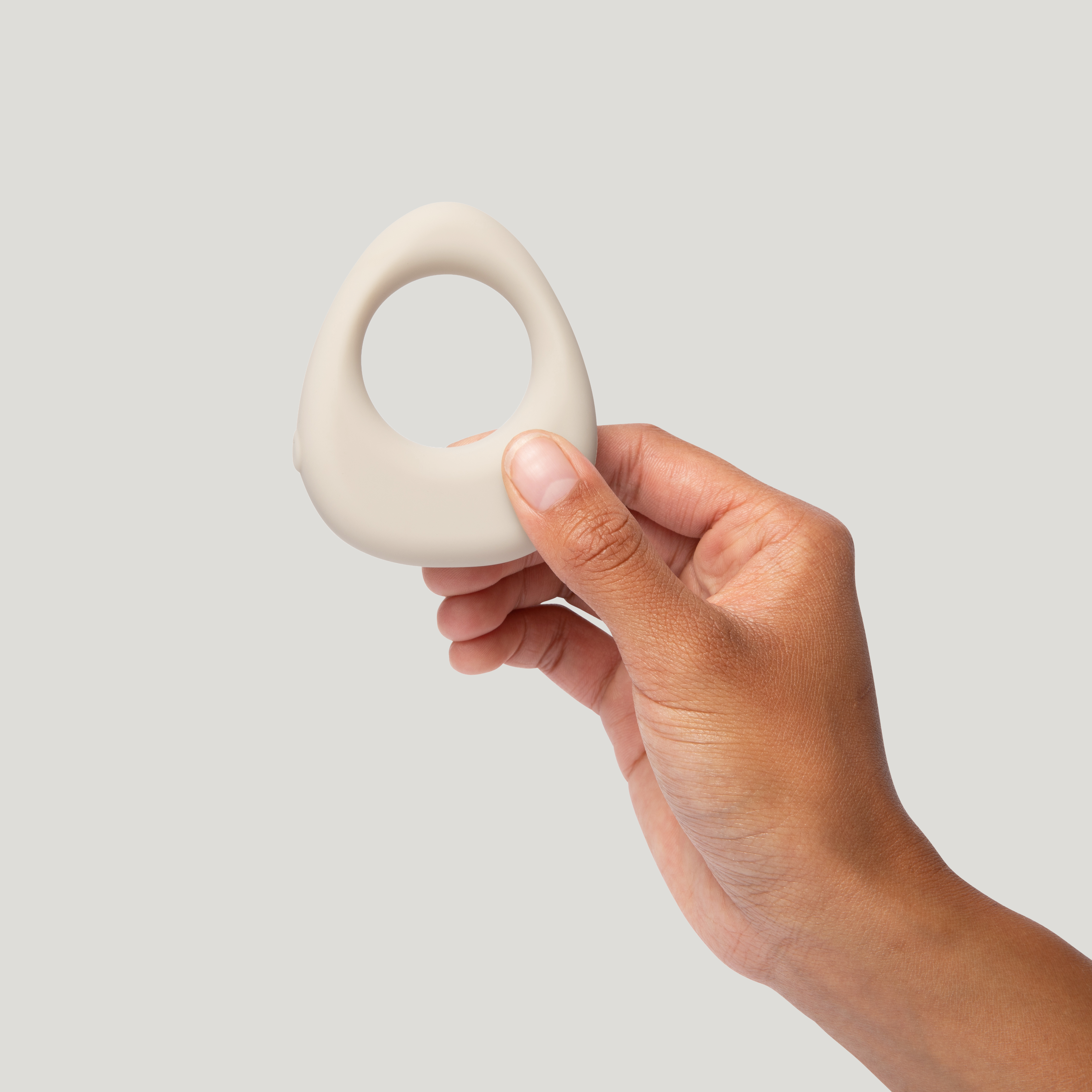How are sex scenes filmed?

Coordination, illusion, and the occasional prop.
Have you ever been so taken by a sex scene that it suddenly feels like you’re witnessing a passion-induced break from script?
Most likely the director has fooled you, because the majority of sex scenes in cinema are coordinated illusions--even movies that are famous for their “authentic” erotica aren’t completely what they seem; In Lars Von Trier’s Nymphomaniac, for example, editors used digital compositing to put a body double having real sex onto an actor pretending to have sex.
And regulations in cinema sex are only increasing (perhaps omitting France). As actors continue to unionize and advocate for fair treatment, specialists called “intimacy coordinators” (ICs) have become a required role in many film crews.
Demand for the role of IC grew in 2017 after industry misconduct brought to light the many ways actors are exploited on camera and behind the scenes. By 2018, HBO began requiring all shows to have an intimacy coordinator on staff, and much of the industry followed suit in the years following.
The number one goal of an IC is to ensure the actors engaging in faux-coitus feel as comfortable as one possibly could whilst dry humping before a crew of silent spectators. According to SAG, ICs start by discussing specifics of the sex scene, like degree of nudity and the actors’ respective consent and care needs.
For an IC, the simplest sex scene scenario is for the entire thing to be choreographed in advance, and for all parties to be informed. But improvisation still occurs in the industry; In the 2020 movie Ammonite, for example, Kate Winslet and Saoirse Ronan improvised a lot, but spoke publicly about how comfortable they felt throughout filming. In the case of an improvisational sex scene, the IC’s job might be to check in with the actors throughout the process, to make sure they’re feeling comfortable.
Another major part of the IC role is helping actors with use of props. A popular prop used during sex scenes is the strapless thong, which creates a barbie-like private square. But film crews also use pillows, stress balls, and other sorts of “modesty garments,” like a skin-colored sock that holds a penis and testicles. For the TV show Bridgerton’s sex scenes, intimacy coordinator Elizabeth Talbot used a deflated netball--similar to a basketball--as a barrier between bodies.
With all props in place, the camera folk step in with clever angles, to skew the viewer’s perception of time, space, and intensity. With strategic placement, the crew is able to make people look closer and more aroused than they (hopefully) are.
And finally, the audience plays the biggest role of all: suspending their belief, so that the enterprise of creating and broadcasting two people pretending to have sex isn’t revealed to be what it objectively is--deeply strange.





